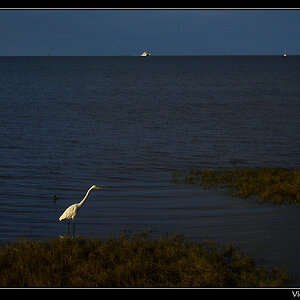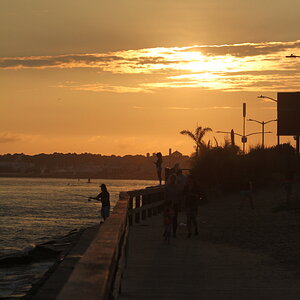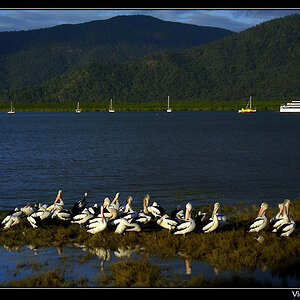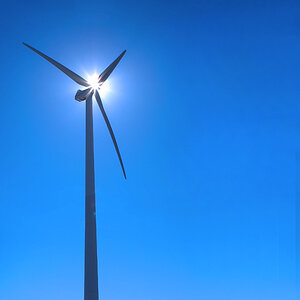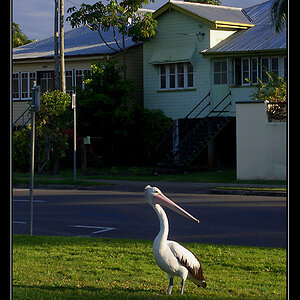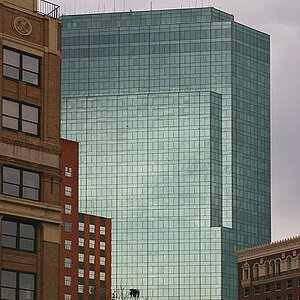Sarahs999
TPF Noob!
- Joined
- Jul 11, 2014
- Messages
- 2
- Reaction score
- 0
- Location
- London uk
- Can others edit my Photos
- Photos OK to edit
Hello, I hope some of you can help me. I'm not a professional photographer, but I am putting together a website for my new business, and want to photograph all the products against a white backdrop. I'm using my trusty old canon eos 300d. I've watched various tutorials on using soft boxes but we have quite a range of things - from furniture down to bags of fudge, so obviously not everything will fit in a box. I want to try and get a uniform look and realise the lighting is key. But I have no idea what to buy. We have very little cash but obviously want to do it as well as possible. I've seen I need 5000k daylight bulbs. Do I need 3 lights or will 2 do? What lights are budget but good enough? And lastly, do I need some sort of diffuser across the light if I'm not using a soft box?
Thanks so much - I'm really a total beginner at this so please don't assume I know anything!
Thanks so much - I'm really a total beginner at this so please don't assume I know anything!


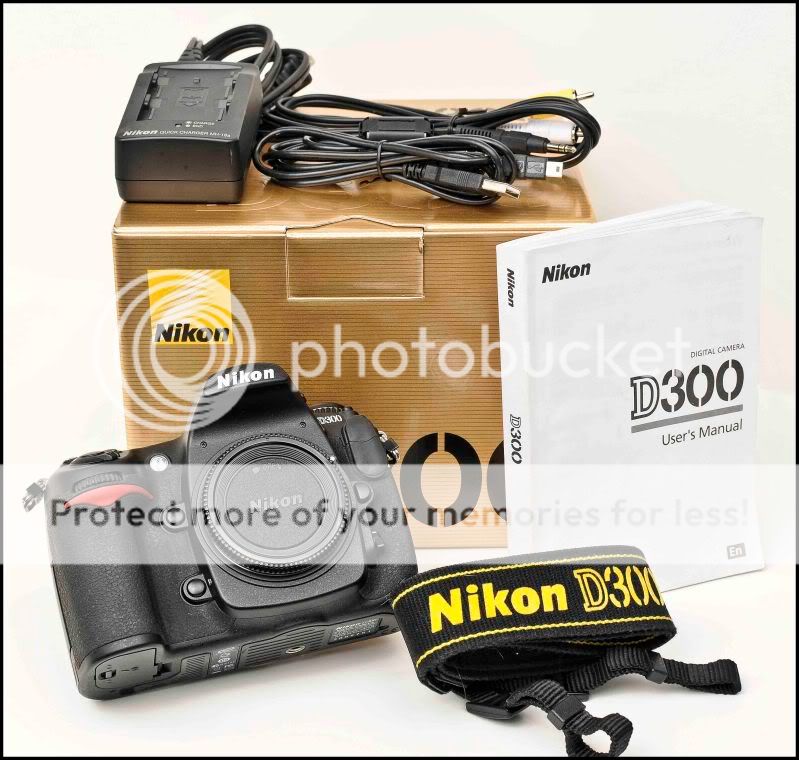
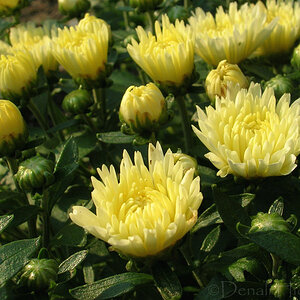
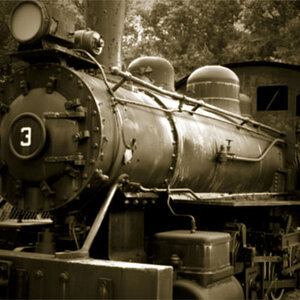
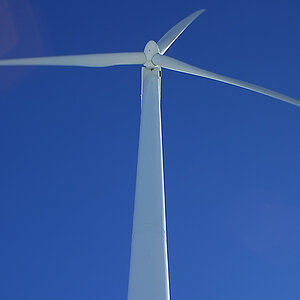
![[No title]](/data/xfmg/thumbnail/33/33343-857a08c1327857172779bfe49f06f638.jpg?1619735911)
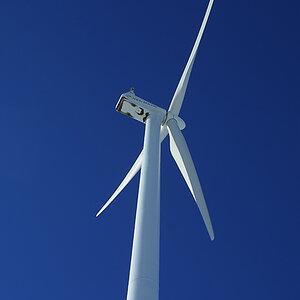
![[No title]](/data/xfmg/thumbnail/33/33339-c5b461af62b32f6b6529f1b334d818ba.jpg?1619735909)
